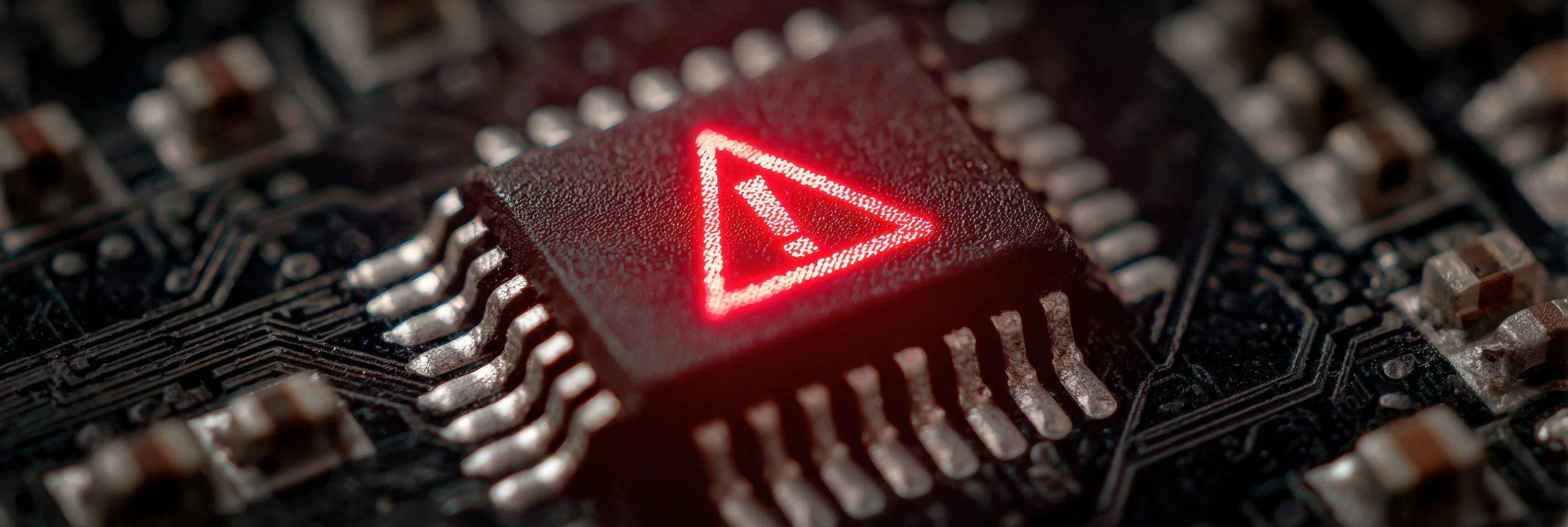Defects and Radiation Interactions in Wide Bandgap Semiconductor Power Electronics
This teaching material details the critical interplay between defects in wide bandgap semiconductors (like GaN) and their susceptibility to radiation damage, particularly relevant for power electronics applications. The presentation covers the origins of defects – stemming from material growth (like threading dislocations in buffer layers) and processing – and how these defects significantly impact device performance and reliability under radiation exposure. Key takeaways include the non-uniform distribution of defects, their role in leakage currents, and how they exacerbate radiation-induced failures like avalanche breakdown. Understanding these defect mechanisms is crucial for designing robust power devices for harsh environments.
The material further explores modeling and simulation techniques (like CoolCAD) to predict device behavior under radiation, bridging the gap between experimental characterization and circuit-level design. It highlights ongoing research focused on vertical GaN devices aiming for higher voltage handling capabilities, and the need to analyze these devices under combined high-switching, high-temperature, and radiation conditions. Ultimately, the presentation emphasizes a holistic approach – considering both intrinsic material defects and external radiation effects – to create reliable and efficient wide bandgap semiconductor power electronics.

